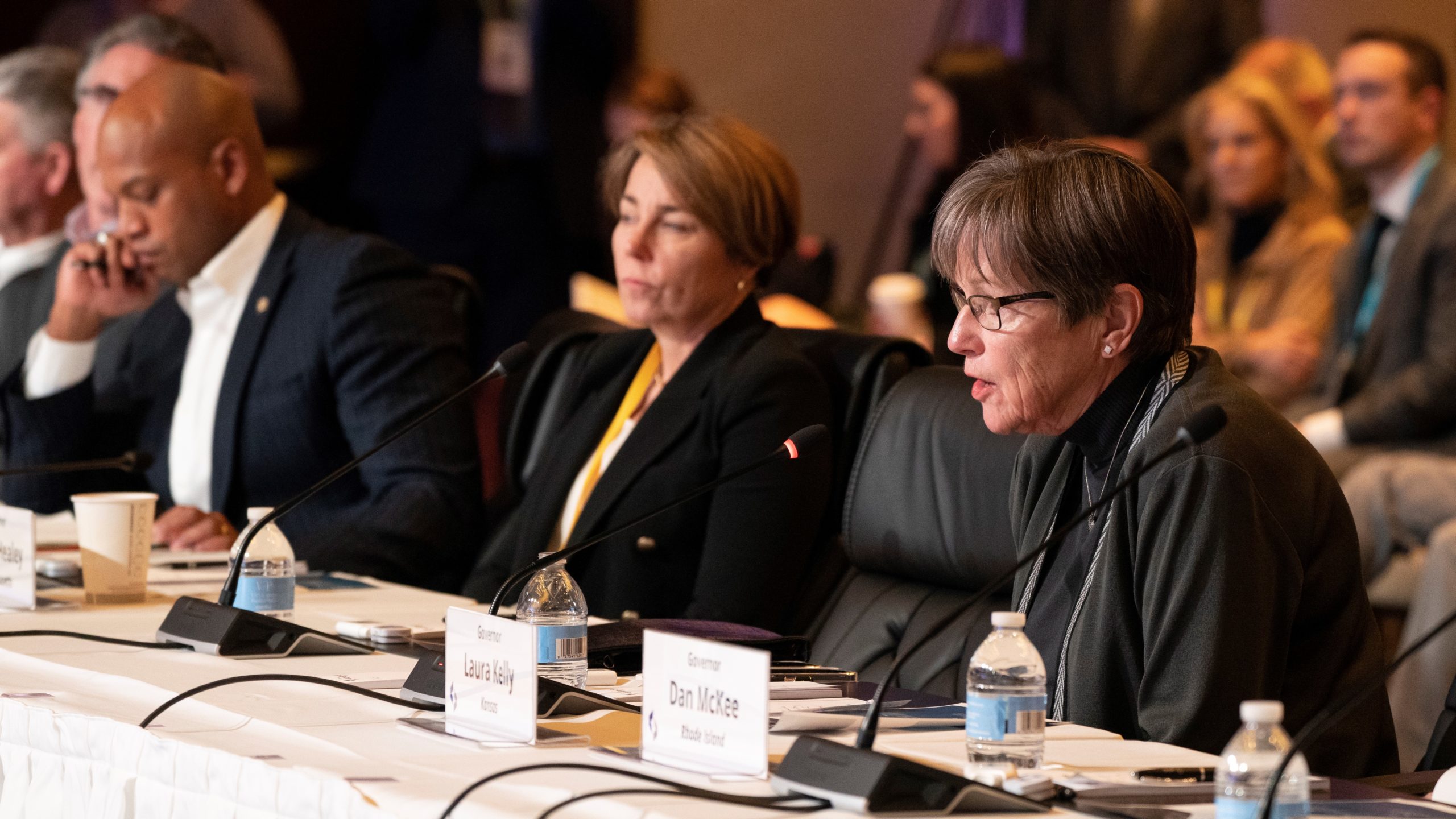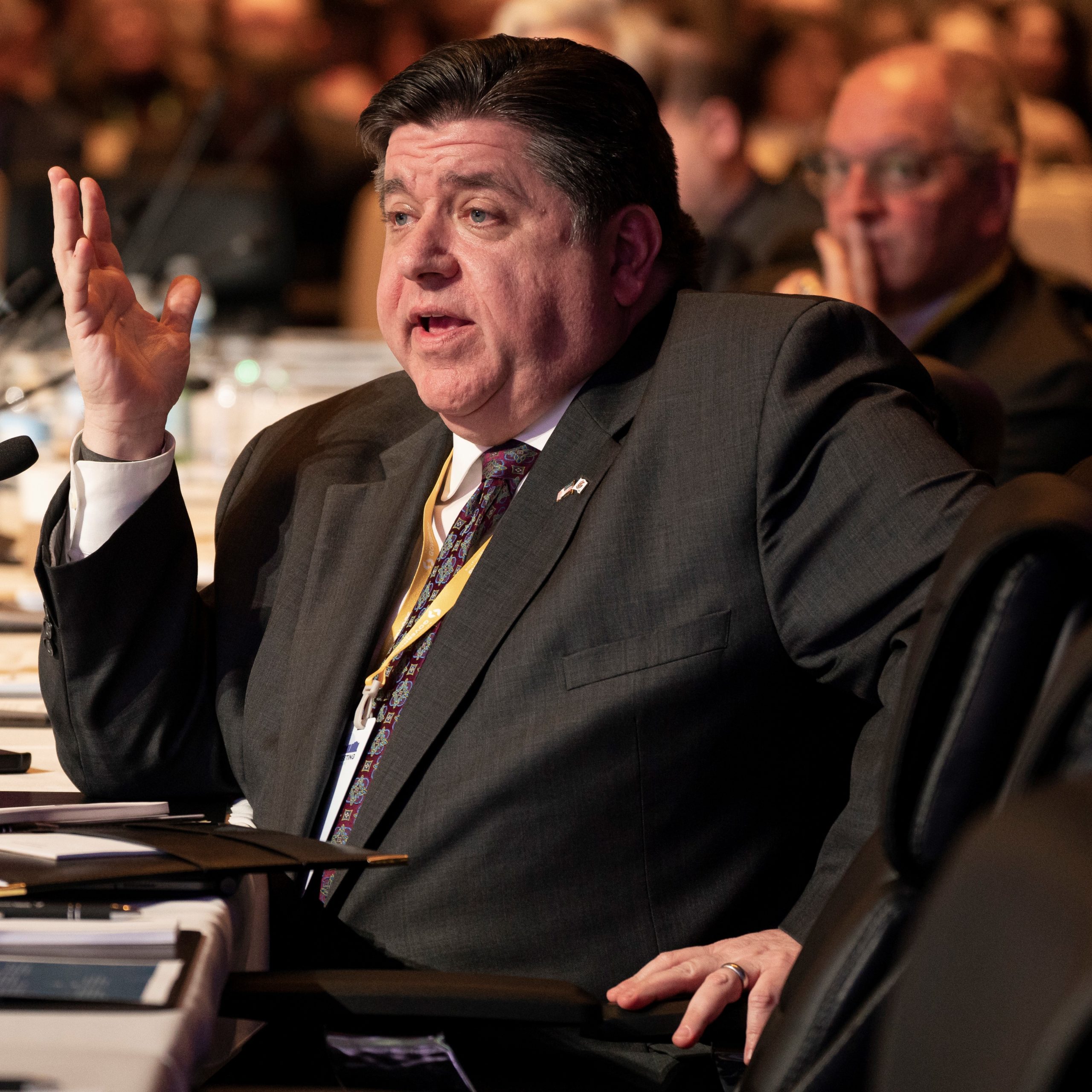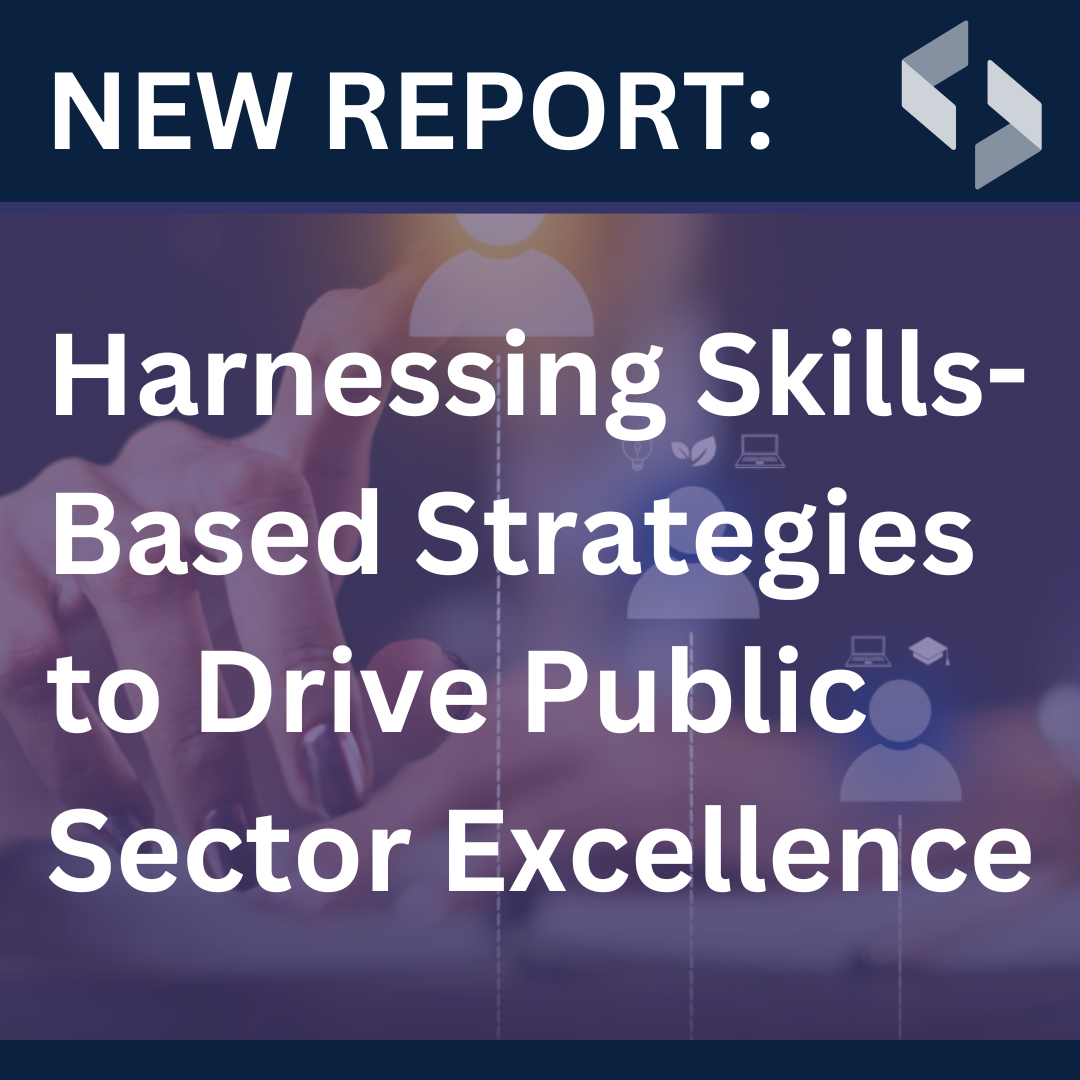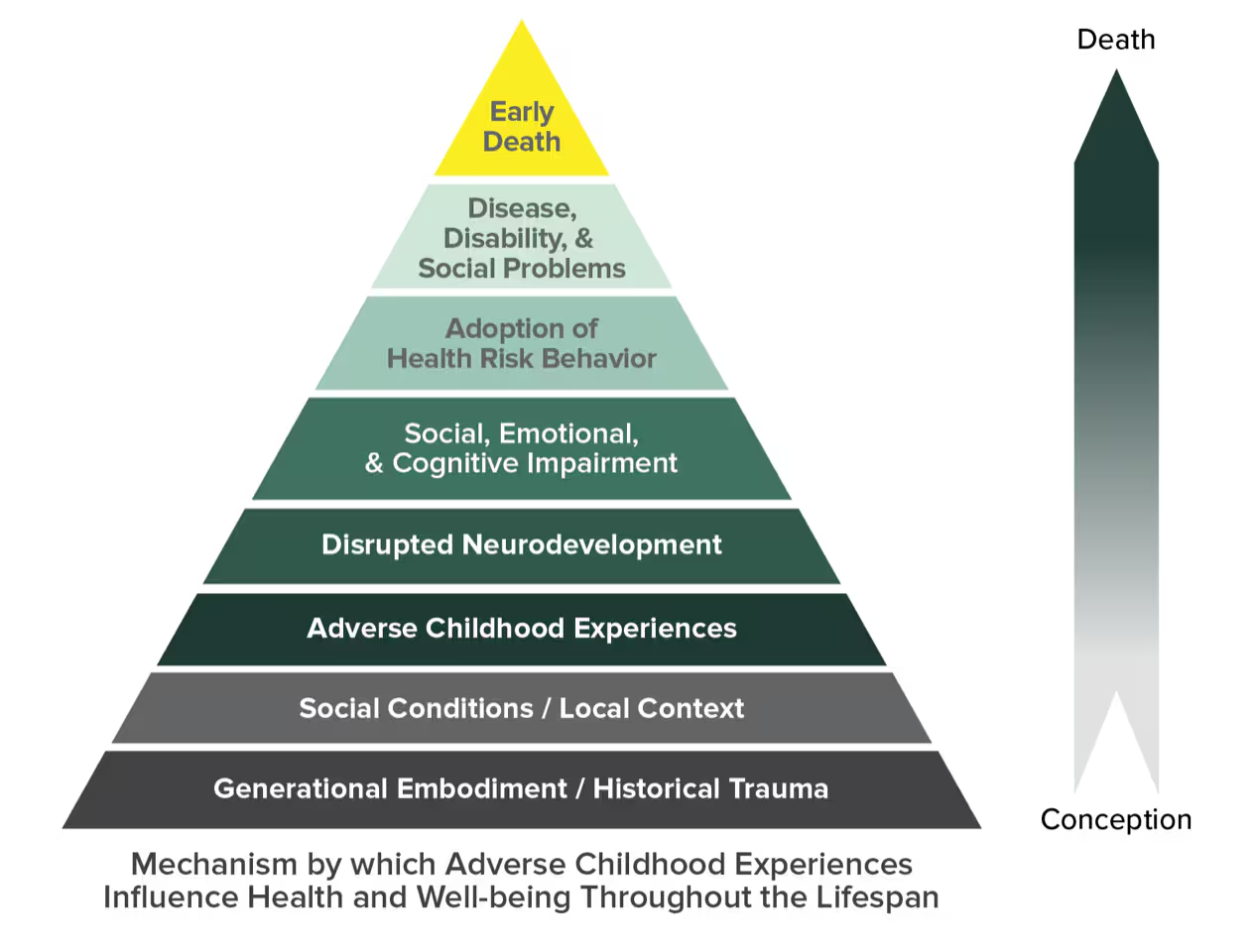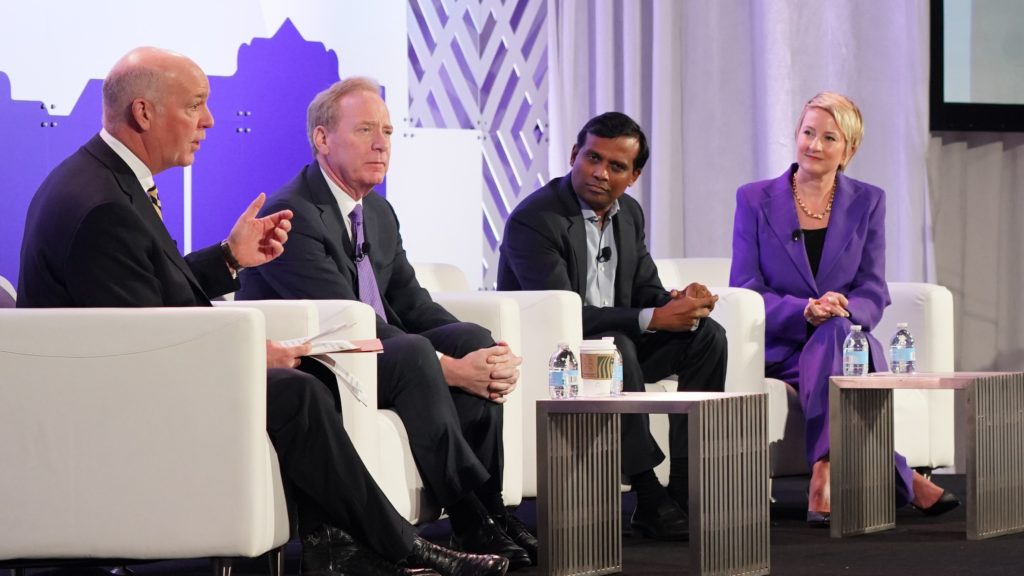
At NGA’s Winter Meeting Montana Governor Greg Gianforte led a discussion on workforce issues with Microsoft Vice Chair and President Brad Smith, Cognizant CEO Ravi Kumar, and AECOM Global Transportation Chief Executive Jennifer Aument.
The discussion centered on strategies – including broadband access, digital skills training and apprenticeship programs – to address workforce shortages and ensure workers have the skills required to succeed in a changing job market.
NGA Chair New Jersey Governor Phil Murphy introduced the panel noting: “Workforce development is important to every one of us as Governors and to all of us in this room…[We’re focused on] growing the economy and not just growing the pie but making sure everybody gets a piece of the pie and that folks are well-equipped for the jobs of the 21st century.”
Kicking off the panel discussion, Governor Gianforte emphasized: “There’s no topic that’s more important than workforce. We see the ‘Help Wanted’ signs on every Main Street, in all of our communities. [The workforce shortage] is the impediment to growing our businesses and creating more prosperous outcomes for our people. When we collaborate closely with companies like the ones here on our panel, we get better outcomes.”
Although the economy has regained the 20 million jobs lost during the pandemic, the United States is facing a labor shortage. There are over 10 million job openings in the United States right now – but only 5.7 million unemployed workers actively looking for work.
Compared to February 2020, nearly 3 million fewer Americans are participating in the labor force, leading to critical shortages in key sectors like health care, education, and manufacturing. In coordination with business leaders and educators, Governors are developing training opportunities to reskill and upskill workers. Each of the panelists underscored the importance of collaboration in developing effective training programs.
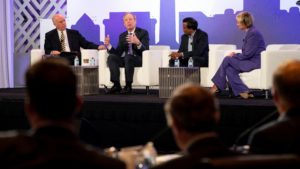
“We all are going to need to invest more, but then bring the right skills to the right people,” Microsoft’s Smith explained. “It always involves understanding what skills are needed for the jobs that are growing. … If we can partner more closely, and your state workforce boards can ground their work more clearly in that kind of knowledge – that then makes its way into the community colleges – then you start to fill in some of these holes.”
“Technology can so clearly make the right difference with the right partnership,” Smith continued. “Right now there are 461,000 open jobs in the United States for cybersecurity professionals. And it’s so clear to us that the right path is to turn to the nation’s 1,084 community colleges and get more trained faculty. We can provide free digital curriculum, but you all can help your community colleges get the faculty, you can help provide the financial support, which in some cases will make the difference in terms of whether somebody is able to go and get that degree.”
Cognizant’s Ravi Kumar explained the importance of applying a consortium approach to workforce training in order to “bridge the gap” between skills and opportunities: “The reskilling need is such a heavy lift that you need a consortium approach where local governments and local corporations can come together and do the heavy lifting. Reskilling [was once considered] an individual responsibility. That is okay if you’re not doing radical reskilling. But if you are doing radical reskilling, where you want to move people between industries that don’t have upward mobility to industries that have upward social mobility, then you need a consortium.”
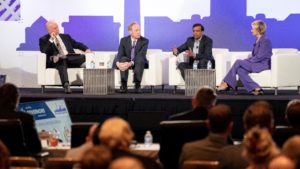
Reflecting on a Cognizant initiative that brought hundreds of jobs to Montana through what Governor Gianforte described as an “employer-specific workforce pipeline,” Kumar expanded on the opportunities the consortium strategy can provide to workers without STEM degrees. “In Montana, we worked with the Governor, the Governor’s team, the University of Montana and a consortium of employers,” he explained. “With a 12-week immersive training [program] that’s almost an apprenticeship, we [paired workers with] highly upwardly mobile jobs… If you create lifelong learning infrastructure, build a consortium, and use the local academic ecosystem, you do the heavy lifting along with the Governor’s teams to create those bridges.”
“I appreciate your willingness to be innovative because you instigated, and now it’s become a standard program we call Accelerate Montana,” Governor Gianforte responded. “I’ve met a number of your employees who spent the 12 weeks and now, a couple of years into their job, they’re making well into six figures. It’s changed livelihood and changed life because of your willingness to invest in that.”
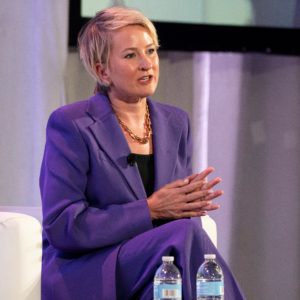
AECOM’s Jennifer Aument underscored the role digital technology can play in mitigating workforce shortages – provided regulatory barriers don’t stand in the way. “The era where we were drawing designs on boards has long passed, and large, multi-million-dollar transportation projects today require a tremendous amount of digital expertise… This is the moment where we can now make a meaningful change to accelerate and maximize the role digital tools can play in execution of major transportation projects. So it’s very important to make sure there’s not a disincentive for deploying these digital tools but actually incentivize the use of these tools and to help ensure that we can put local contractors and employees to work.”
Harnessing digital technology is especially critical when it comes to navigating the slow pace of permitting – a barrier all panelists agreed is in need of urgent reform.
“These issues have plagued our industries – whether you’re trying to build a bridge or port or data center – for many, many years,” Aument said. “We should have made changes to accelerate these permitting processes, but now with the workforce shortage that we’re facing, we have to. We cannot waste this moment to make the meaningful changes to unleash some of the digital solutions to be able to do more with the brilliant workforce we have.”
Smith agreed, stating, “The slow pace of getting permits approved is a drag on this nation’s economy… We have to find a solution to this to accelerate economic growth, and digital technology has to be a fundamental part of the answer.”
Governor Gianforte then opened the discussion up to Governors. Governor Laura Kelly talked about workforce development efforts in Kansas, with a particular focus on licensing reciprocity and the State’s partnership with the ASPIRE Coalition which seeks to facilitate support for service members and families with interoperable verified digital credentials.
Governor JB Pritzker then asked the panelists how employers value online-learning versus in-person learning. AECOM’s Aument said their main focus is making sure we’re not leaving talent on the sidelines, no matter how they earn the degree.
Cognizant’s Ravi Kumar said that it is a mixture of both and that some amount of social capital is desirable, so tying learning programs to apprenticeships can be useful.
Microsoft’s Smith added that diversity in the higher education system is a strength, and the important thing is identifying workforce gaps and making sure educations systems are filling those needs.
Governor Gianforte closed by noting that though this is a topic Governors could talk about for days, the clock had run out. Watch the full session below and for more on Governors’ work on workforce development please visit the NGA Center for Best Practices’ Workforce Development and Economic Policy page.
